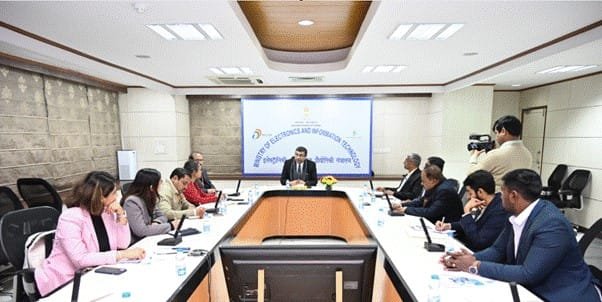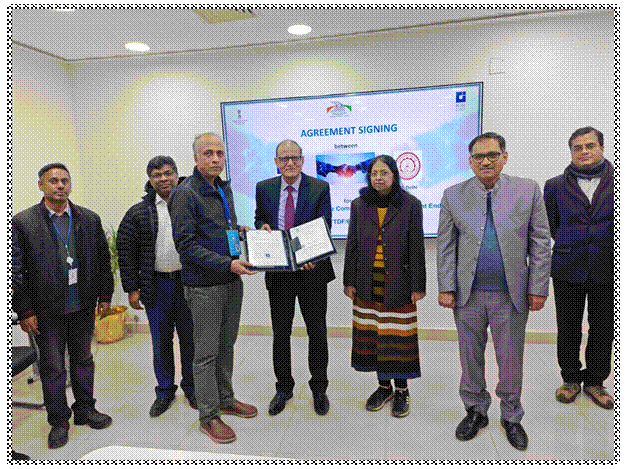Indian GSP-linked exports 0.4%
The Federation of Indian Export Organizations (FIEO) expects marginal impact on exports when the US withdraws Generalized System of Preferences (GSP) benefits.
Reacting to the news where US has given 60 days withdrawal notice to India on GSP benefit, FIEO President Ganesh Kumar Gupta pointed out GSP advantage was only 0.4%, totaling US$190 million, of the US$50.57 billion Indian exports to US in 2017.
“Naturally, its withdrawal will have marginal impact,” he added.
Given plans to diversify import markets, replacing China, India’s exports to the American markets will not be affected, he said. “India’s exports to US will remain unaffected despite GSP withdrawal.”
GSP has been given on non-reciprocal basis, yet US has linked it with market access and tariff reduction which is against the basic tenets of GSP.
FIEO also said that since India is predominantly exporting intermediate and semi-manufactured goods to US under the GSP, the same has helped in cost effectiveness and price competitiveness of US downstream industry.
Therefore, the GSP withdrawal will also impact the competitiveness of many manufacturing sectors and will hit the consumers at the same time.
The import price of most of the chemicals, which constituted a large chunk of India’s exports, is expected to increase by about 5%.
The withdrawal of GSP benefit will also hit the import diversification strategy of US where it is keen to replace China as the main supplier to other developing countries.
Gupta said that India was getting tariff preference on 5,111 tariff lines out of 18,770 tariff lines in the US. However, the tariff advantage was 4% or more on only 2,165 tariff lines.
“While we hope that the exporters would be able to absorb the duty loss where it is 2-3%, we need to provide fiscal support to those products where GSP tariff advantage was significant particularly in the labour-intensive sector,” he said.
FIEO study reveals that processed food; leather products (other than footwear); plastic products (vinyl floor covering, BOPP films, non-adhesive tap); building material & tiles; hand tools (spanners, wrenches, drilling equipments etc); engineering goods such as spark ignition, turbines and pipes, parts of generators, cycles; made-ups (pillow/cushion covers); and Woven women’s dresses were eligible for higher GSP benefits.
Therefore, the Government should look into providing fiscal support to such sectors so that exporters reduce their export prices factoring the fiscal support with a view that the landed price of such products remain more or less what was under the GSP regime.
The Government can look for providing such support on product market matrix for exports to US. fiinews.com










